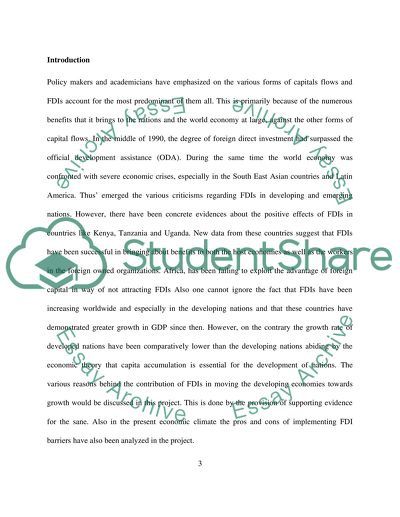Cite this document
(“Error - StudentShare”, n.d.)
Retrieved from https://studentshare.org/macro-microeconomics/1393959-trade
Retrieved from https://studentshare.org/macro-microeconomics/1393959-trade
(Error - StudentShare)
https://studentshare.org/macro-microeconomics/1393959-trade.
https://studentshare.org/macro-microeconomics/1393959-trade.
“Error - StudentShare”, n.d. https://studentshare.org/macro-microeconomics/1393959-trade.


